Author Recent Posts Rabia Anwaar Latest posts by Rabia Anwaar (see all) Geopolitics and the Future of Gaza: Who Are the Real Stakeholders? – October 15, 2025 Iran’s Nuclear Ambitions and Israel’s Aggressive Dominance in the Region – July 15, 2025 Terrorism and Blame Games: A Barrier to India-Pakistan Normalization – July 15, 2025
Arab states’ backing of Trump’s Gaza peace plan might be driven by Israel’s ambition of crafting Greater Israel that threatens regional equilibrium. The plan is seen by some as a potential roadmap to ending the Gaza war, is being touted as a rare convergence of American diplomacy and Arab consensus. Yet, beneath the diplomatic layer lies a deeper struggle; the tension between Israel’s long-awaited vision of a Greater Israel, the Arab world’s quest for regional stability and the Palestinian people’s enduring demand for dignity, statehood and agency.
Two years after the outbreak of full-scale war since October 7th, 2023, although a peaceful future is uncertain, yet a little hope has surfaced of putting an end to Israel’s atrocities through this proposed peace plan by Mr. Trump. The world has seen now that Gaza is more than a humanitarian crisis; it is a chessboard on which regional and global powers are staking claims. Understanding the real stakeholders means identifying not just who speaks the loudest, but who has capacity to act, control or enforce. The stark devastation and pressure by Trump’s administration makes urgency unavoidable; yet any durable outcome depends on reconciling power, responsibility, legitimacy and according to the needs of Gazans. It seems that for Gaza, the future has become an abstract hope.
Israel remains the fundamental pivot in Gaza’s postwar equation. Its military dominance, ability to enforce border closures, control over airspace and capacity to conduct large‐scale operations mandates that no plan which ignores its security concerns can succeed. For example, recent U.S.-backed 20- point Gaza Peace plan and transitional arrangements include Israeli demands for Hamas disarmament and partial withdrawal terms grounded in decades of conflict and trust deficits. Israel’s claim that any reconstruction depends on reassurance that Gaza will not again pose a security threat to Israel through its armed faction – Hamas. Thus, Israel is a key stakeholder whose cooperation or contestation will make or break what follows.
Hamas, while weakened in leadership, numeric and material terms, remains deeply embedded in Gaza’s civilian, administrative and social infrastructure. It is not enough to imagine Hamas as a defeated force. Local legitimacy counts as people living in Gaza will judge any transitional government by whether and how they are fed, sheltered and protected. The risk if Hamas is sidelined prematurely without a functional alternative includes a governance vacuum, disorder, or the rise of even more radical actors. Hamas, meanwhile, faces a strategic dilemma. Militarily weakened yet politically emboldened by surviving months of bombardment, the talks between both Israel and Hamas are taking place but the outcome is yet to be determined because of the continued bombardment by Israeli forces on Gaza and an unrealistic timeline of exchanging hostages and prisoners.
The Gaza peace plan, however, strikes at the heart of Israel’s ideological project, the notion of a Greater Israel. This vision, long propagated by hardline Zionist factions, imagines Israeli control over the entire territory between the Jordan River and the Mediterranean Sea. It has translated, in practical terms, into settlement expansion, annexation and the dismantling of prospects for a sovereign Palestinian state. Trump’s plan is paradoxically coming from the same administration that once endorsed Israel’s annexationist claims, now calls for a phased Israeli withdrawal, international supervision and Arab-led reconstruction. It envisions Gaza as a demilitarized yet self-governed territory under international guarantees, effectively freezing Israel’s ambitions for permanent control.
This is an ideological defeat disguised as diplomacy for Israel’s far right. It restricts expansionist policies, empowers Arab states as co-guarantors and opens the door to renewed discussions on a two-state framework. Yet, for Israel’s moderates, the plan presents a pragmatic compromise, a chance to end a costly war, rebuild international legitimacy and normalize relations with Arab capitals.
The Trump peace plan represents both an opening and a trap for Palestinians. The Palestinian Authority (PA) in Ramallah has cautiously endorsed dialogue around the proposal, seeing in it a potential route to reassert its governance role in Gaza; something it lost after Hamas took control in 2007. For President Mahmoud Abbas, the plan could restore international visibility and possibly unite fragmented Palestinian politics under a single administrative umbrella. But the Palestinian street remains deeply skeptical. Decades of failed negotiations, broken promises, and U.S.-backed Israeli expansion have eroded trust in Western-led peace initiatives. Many Palestinians fear the plan will merely formalize Gaza’s isolation, turning it into a fenced, aid-dependent enclave under international supervision rather than a genuine step toward statehood.
Though Iran and Hezbollah may not be part of every negotiation table, their indirect influence shapes incentives for all local and regional actors. Iran’s ideological and material support for Hamas increases the perceived risk for Israel and contributes to its insistence on dismantling militant capacity. For example, Iran’s diplomatic pressure through the OIC, its direct involvement in conflict with Israel recently, clearly reflect that it is a prominent stakeholder of peace in Gaza. Hezbollah similarly holds the potential to open a second front from Lebanon, which forces Israel to consider regional escalation in its calculations. However, it has been put to a temporary silent by Israel. Any reconstruction plan that ignores Tehran’s posture risks being undermined by renewed hostilities or proxy escalations.
Ultimately Gaza’s future seems bleak as satisfying all key stakeholders is an impossible reality. Recent proposals like Egypt’s technocratic interim committee, the Arab League’s endorsement of reconstruction with Palestinian residence preserved, or U.S-backed governance alternatives show the multiple models still in play. But unless all key actors converge around a plan that balances security, legitimacy, humanitarian needs and political inclusion, none of these blueprints will resolve more than a moment. If it comes to reconstruction and recovery, it must be built not just with dollars and agreements, but with real local ownership, international guarantees and a recognition that Gaza’s inhabitants must not be treated as second citizens, but central agents of reconstruction and destiny. Without that, the future of Gaza remains someone else’s agenda and Gaza’s people, its real future, will once again be marginalized.
- Geopolitics and the Future of Gaza: Who Are the Real Stakeholders? - October 15, 2025
- Iran’s Nuclear Ambitions and Israel’s Aggressive Dominance in the Region - July 15, 2025
- Terrorism and Blame Games: A Barrier to India-Pakistan Normalization - July 15, 2025

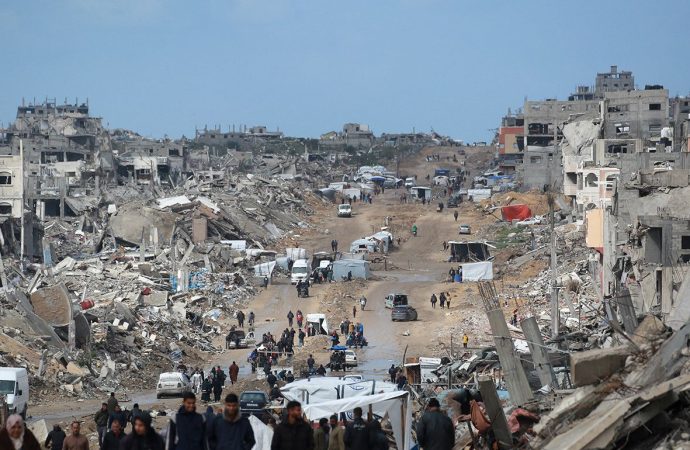
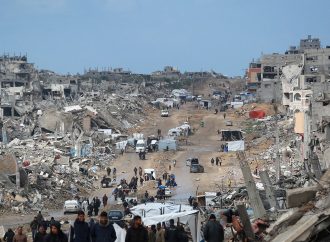
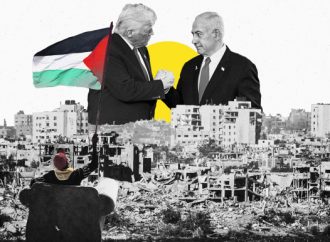
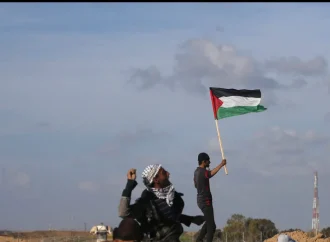
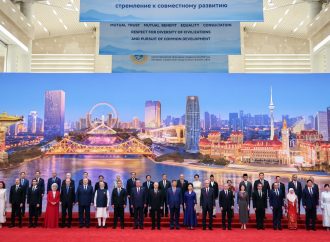
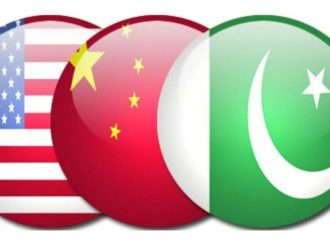
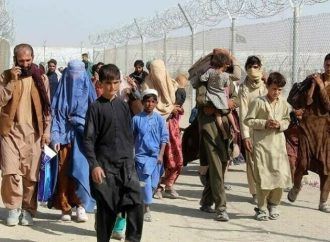






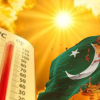


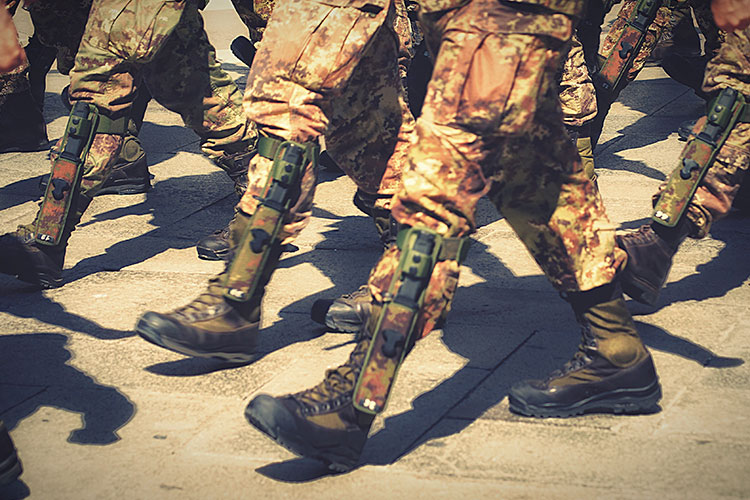
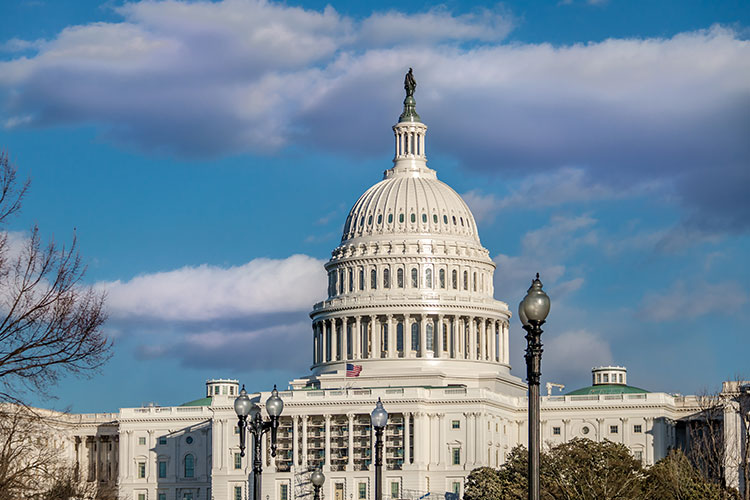

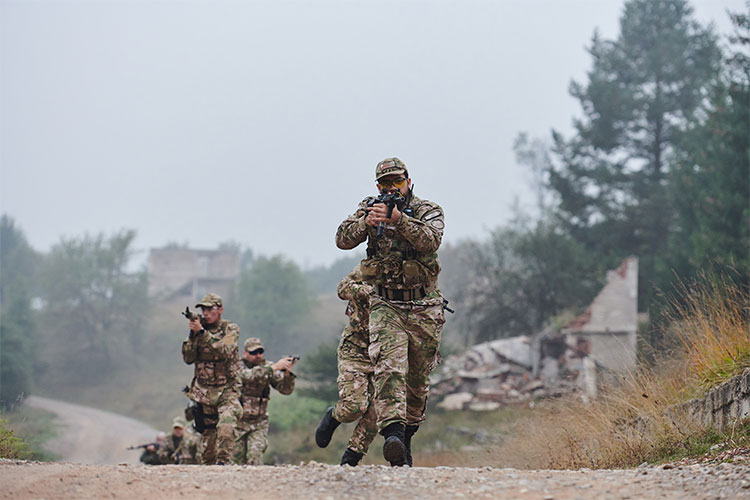

Leave a Comment
Your email address will not be published. Required fields are marked with *